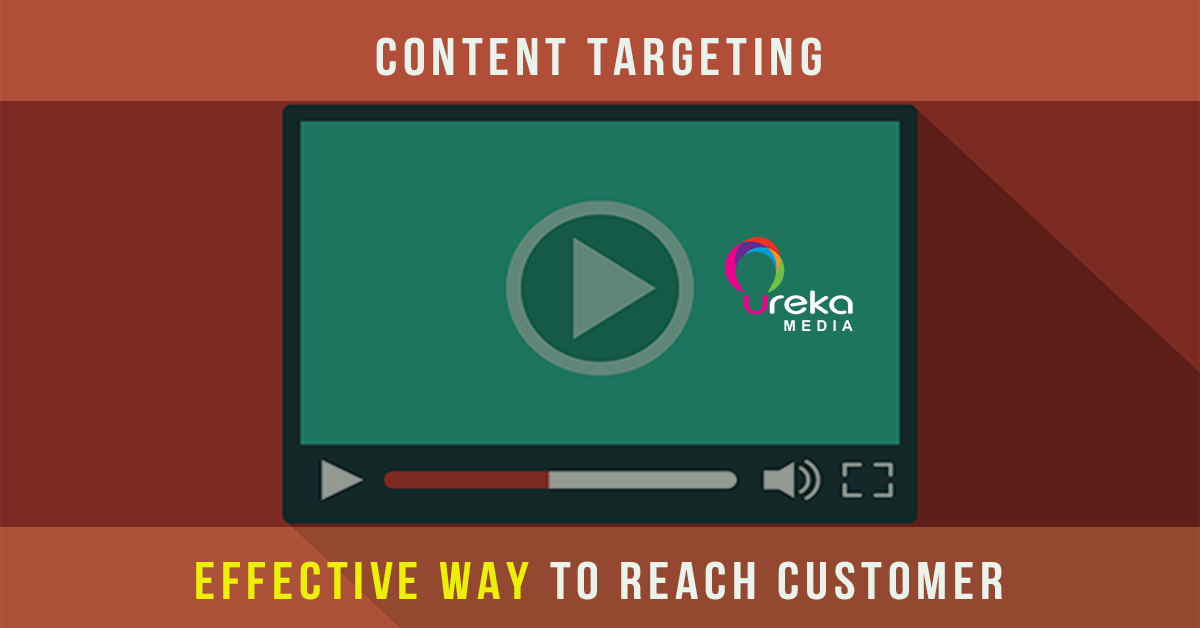


Make people SEE and REMEMBER the brand



Get people to UNDERSTAND and
WANT the brand



Change people's BEHAVIOR and
get them to CONVERT



Take care of people to CONVERT OFTEN and
ADVOCATE the brand
U News
New Study Finds Content Targeting Is the Most Effective Way for Brands to Reach Consumers
It's 'an especially formidable foe' to ad skipping

Content targeting company Zefr released the results of a study conducted by IPG Mediabrands resource Magna and IPG Media Lab, which looked at whether brands can effectively reach consumers on YouTube without relying on audience data. (Hint: They can.)
The study tested how different targeting methods performed across campaigns from Hulu, Jeep and an undisclosed CPG brand. The targeting included: Content targeting, which is when a video advertisement is aligned with content at the video level; demo targeting, which is when a video advertisement uses demographic signals to reach desired audiences; and channel targeting, which is when a video advertisement is run on popular YouTube channels.
The study found content targeting is the most effective approach for brands looking to capture the interest of desired audiences. A rep said that’s because the ad experience is relevant to the video the consumer is watching.
“Because YouTube is an intent-based platform, aligning video ads with relevant content is a key for consumer experience, without the broad strokes targeting of channels and demographics,” the rep added.
The study also found content targeting to be “an especially formidable foe” to ad skipping because ads that were viewed as being relevant to content were less likely be skipped on mobile devices.
The study also determined consumers who were fed ads via content targeting on mobile achieved up to 34 percent higher completion rates over demo targeting and they found content targeting to be up to 33 percent less intrusive than channel or demo targeting as well.
Not surprisingly, the study also found ads that are misaligned with content can annoy desired audiences.
“The way advertisers operate on platforms like Facebook and YouTube is under more scrutiny than ever before,” said Rich Raddon, co-chief executive of Zefr, in a statement. “We’ve long been big believers in the power of content targeting at the video level and how it can help brands effectively reach consumers without relying on audience data or violating their privacy, but this study takes our information to a whole new level.”
Conducted over the first quarter of 2018 and commissioned in response to advertisers’ concerns around data, safety and privacy, the study looked at the responses of more than 3,000 consumers exposed to the same advertisements delivered via content, demo and channel targeting.
Source: Adweek
Related Post
Recent Post
![[ALL ABOUT PROGRAMMATIC] PART 8: SPECIFIC INGREDIENTS – RTB (REAL-TIME BIDDING)](https://urekamedia.eu/uploads/data/uploaded/images/photo_news/800x800/news_20160812015803/programmatic-urekamedia-mediaeyes-dsp-part8-rtb-thumbnail2.png)
![[PERFORMANCE BASED ADS] APPLICATIONS OF ARTIFICIAL INTELLIGENCE IN PROGRAMMATIC ADVERTISING](https://urekamedia.eu/uploads/uploads_image/20180413/20180413110429_95169.png)

![[Data Driven Marketing] Conducting Data-Driven Content Marketing](https://urekamedia.eu/uploads/uploads_image/20180625/20180625163003_61517.png)







